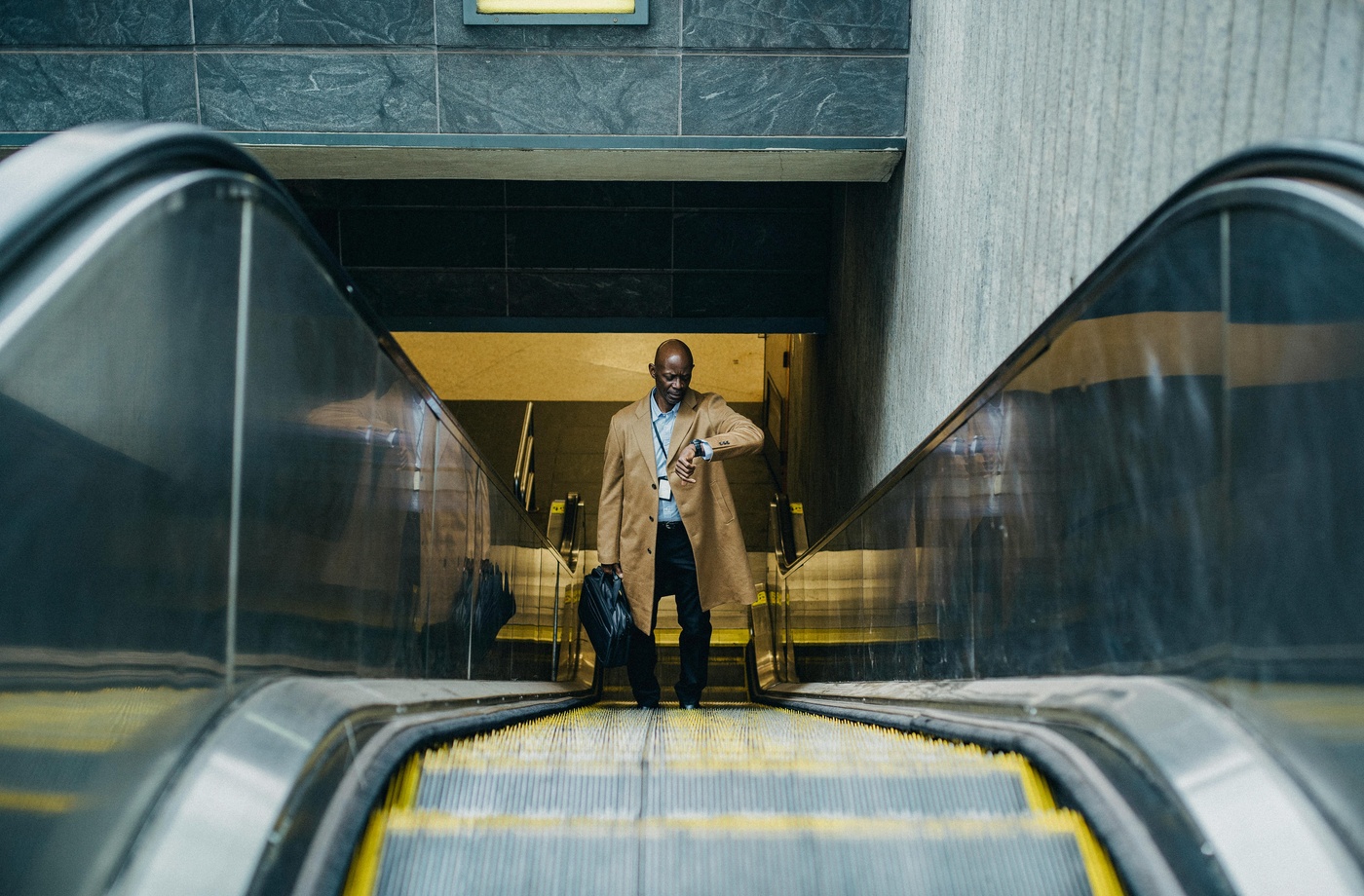In an age of nonstop flights, weekend getaways, and fast-paced itineraries, slow travel offers a refreshing alternative. Rather than checking countries off a list, slow travel invites you to experience each place with greater depth, purpose, and connection. If you’re ready to travel differently—and perhaps more meaningfully—this guide will show you why slowing down may be the most rewarding way to explore the world.
What Is Slow Travel?
Slow travel is an approach that emphasizes immersion over speed. Instead of rushing from landmark to landmark, slow travelers spend more time in fewer places. They prioritize local culture, everyday experiences, and sustainable practices that benefit both the traveler and the destination.
It’s not about how far you go—it’s about how deeply you connect.
Benefits of Slow Travel
- Deeper Cultural Connection
Staying longer allows you to go beyond surface-level tourism. You can attend local events, build relationships with locals, and begin to understand daily life. Whether you’re learning to cook regional dishes or participating in community initiatives, slow travel fosters richer cultural exchanges. - Lower Travel Costs
Fewer transport costs and long-term accommodation discounts can significantly reduce expenses. Many Airbnb hosts offer weekly or monthly rates, and co-living spaces often include Wi-Fi and utilities.
Check platforms like TrustedHousesitters or Workaway for free housing in exchange for simple tasks or cultural exchange. - Reduced Environmental Impact
By flying less and staying longer, your carbon footprint is lower. Opting for trains, buses, or even walking instead of frequent flights contributes to more responsible travel. - More Meaningful Memories
Instead of rushing through ten attractions in one day, slow travel encourages you to truly experience a neighborhood, a conversation, or a single view. These slower, more personal moments often become the most memorable.
Where to Embrace Slow Travel
Lisbon, Portugal – A city that rewards slow walkers with cobblestone alleys, ocean views, and vibrant local markets.
Luang Prabang, Laos – Known for its laid-back energy, Buddhist temples, and sunrise almsgiving ceremonies.
Oaxaca, Mexico – Perfect for food lovers, with long stays offering deep dives into traditional cooking, mezcal culture, and artisan crafts.
Chiang Mai, Thailand – Affordable and calm, this northern Thai city offers everything from meditation retreats to elephant sanctuaries.
Tbilisi, Georgia – With visa-free stays for up to a year for many nationalities, it’s a hidden gem for long-term living and exploration.
Tips for Practicing Slow Travel
- Stay at locally-owned guesthouses or book monthly rentals
- Shop at neighborhood markets and eat at family-run restaurants
- Use public transit or bike whenever possible
- Learn a few phrases of the local language
- Volunteer or take part in cultural workshops
Apps That Support Slow Travel
- Rome2Rio for overland travel routes
- HappyCow for plant-based dining options globally
- Meetup to connect with local communities and events
- Workaway for cultural exchanges
Final Thoughts
Slow travel is more than just a method—it’s a mindset. It challenges the idea that travel is a race and instead encourages you to be present, curious, and intentional. Whether you’re working remotely, taking a sabbatical, or just vacationing more consciously, slowing down could transform not just your trip, but how you see the world.



